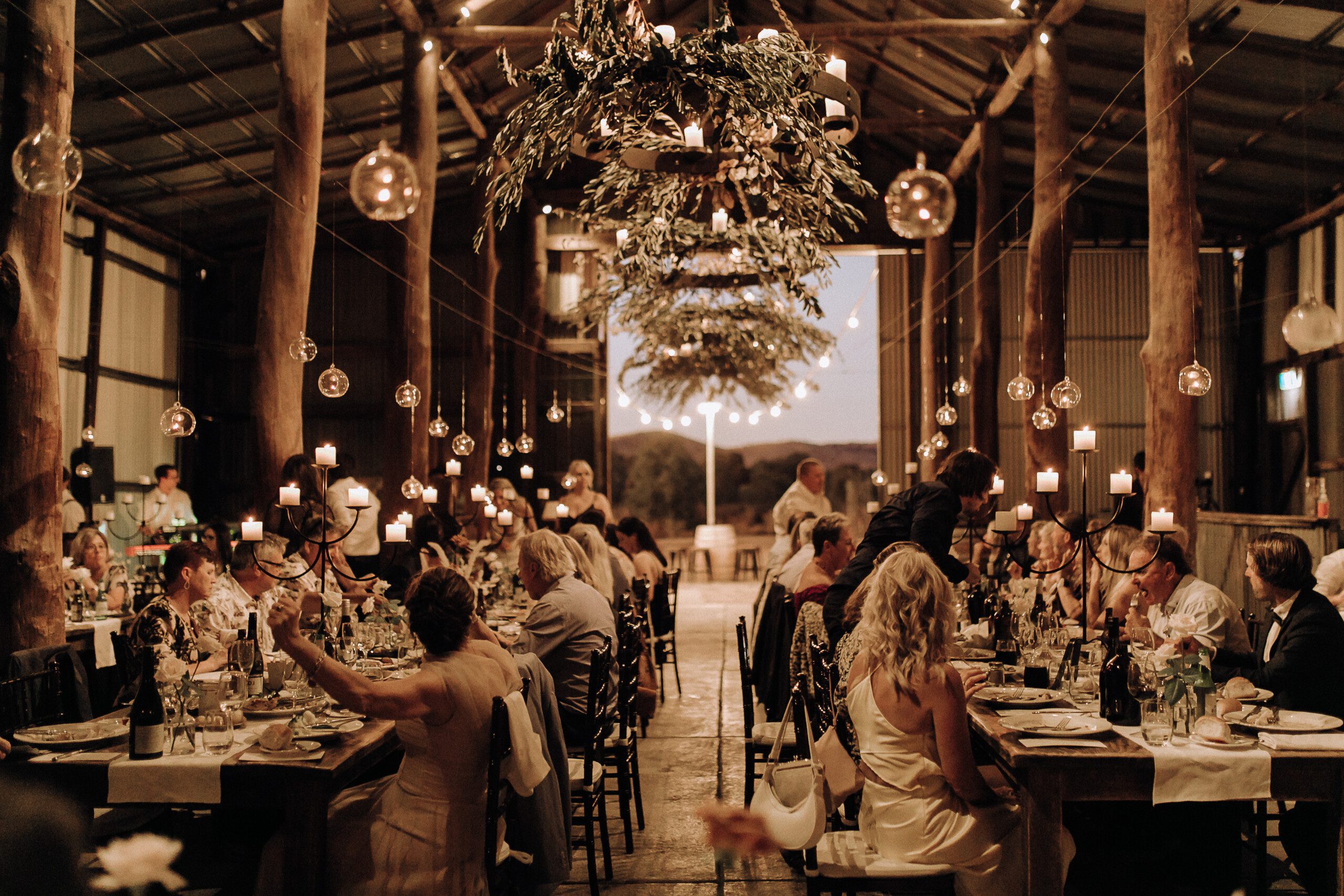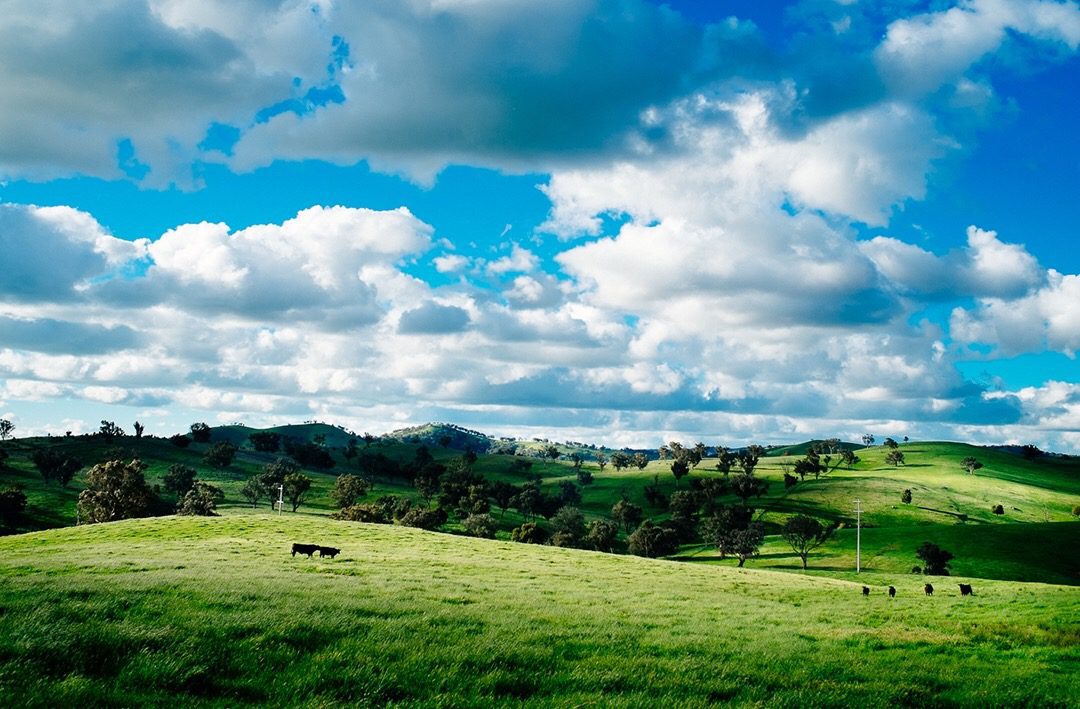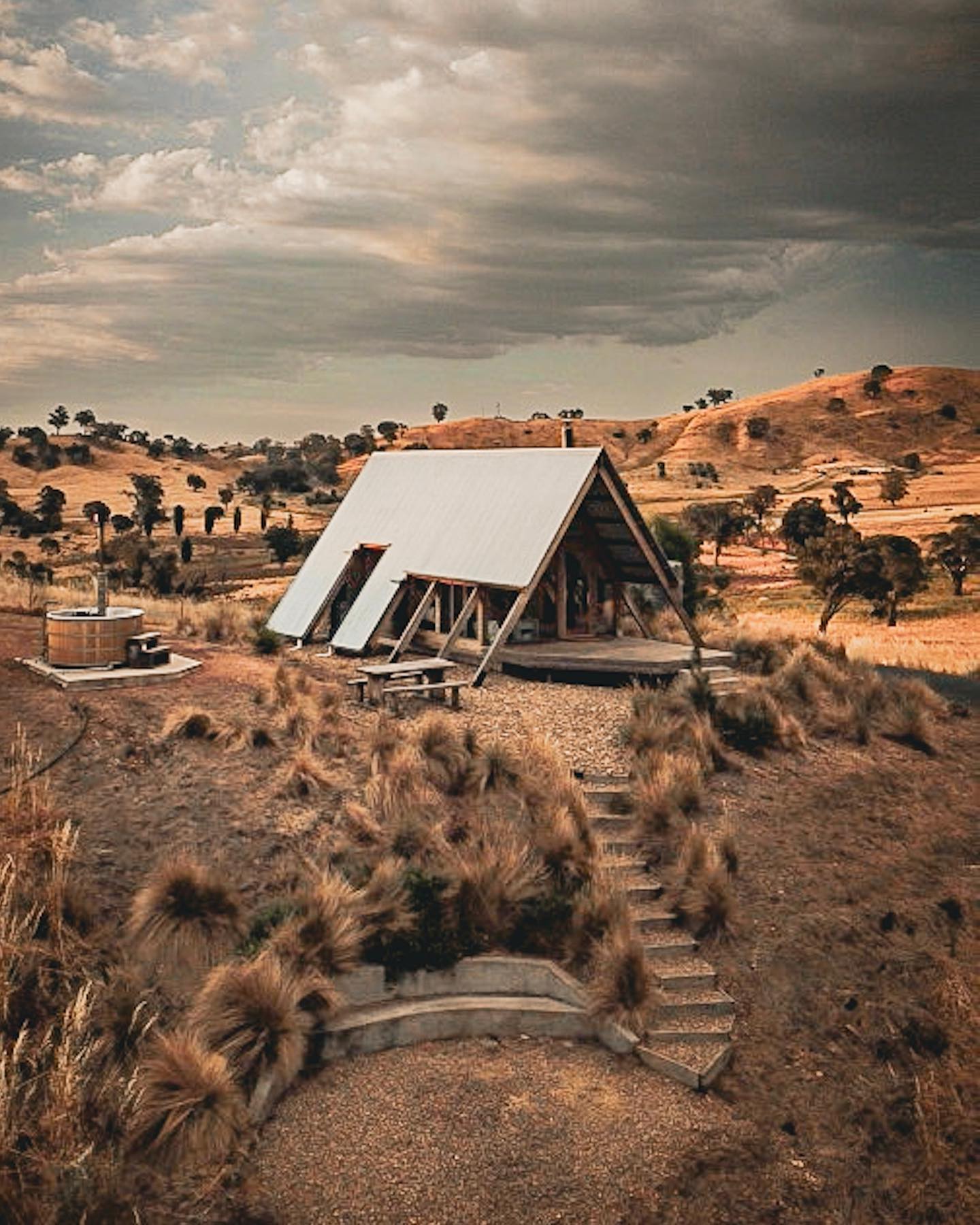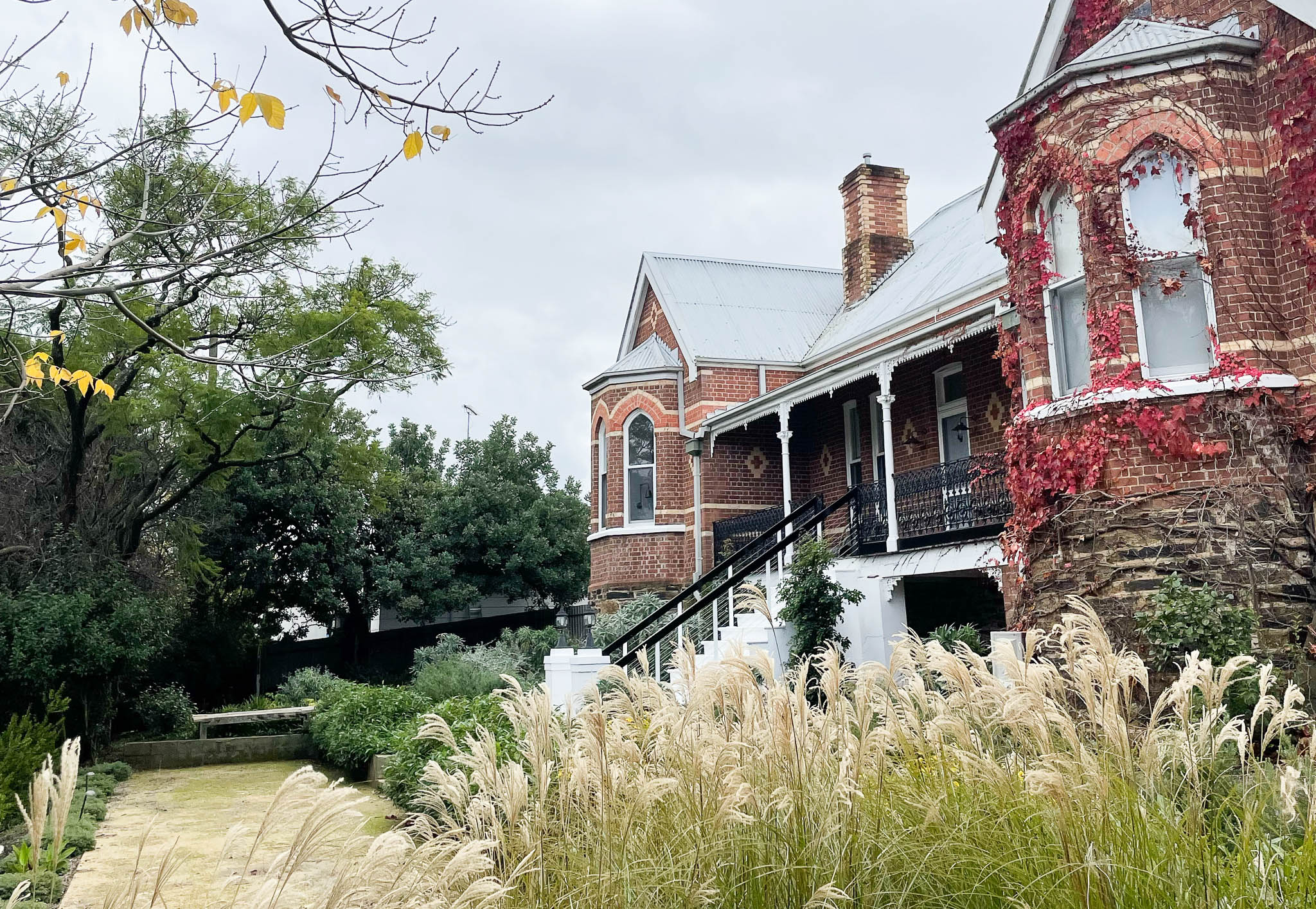Introduction: The Shift to Off Grid Living
The rise of off grid accommodation in NSW, and Australia more broadly, has been significant over the last decade. While exact figures for the entire period are challenging to pin down, the trend shows a clear increase in interest and adoption. For example, the number of off-grid properties for sale in Australia in 2020 was just 809. By 2022, this number had grown to 1,362, marking close to a 70% increase in just two years. This surge outpaced the growth of solar houses on the market, which saw a 26% increase in the same timeframe, signalling a strong and specific interest in off-grid living beyond just solar adoption.
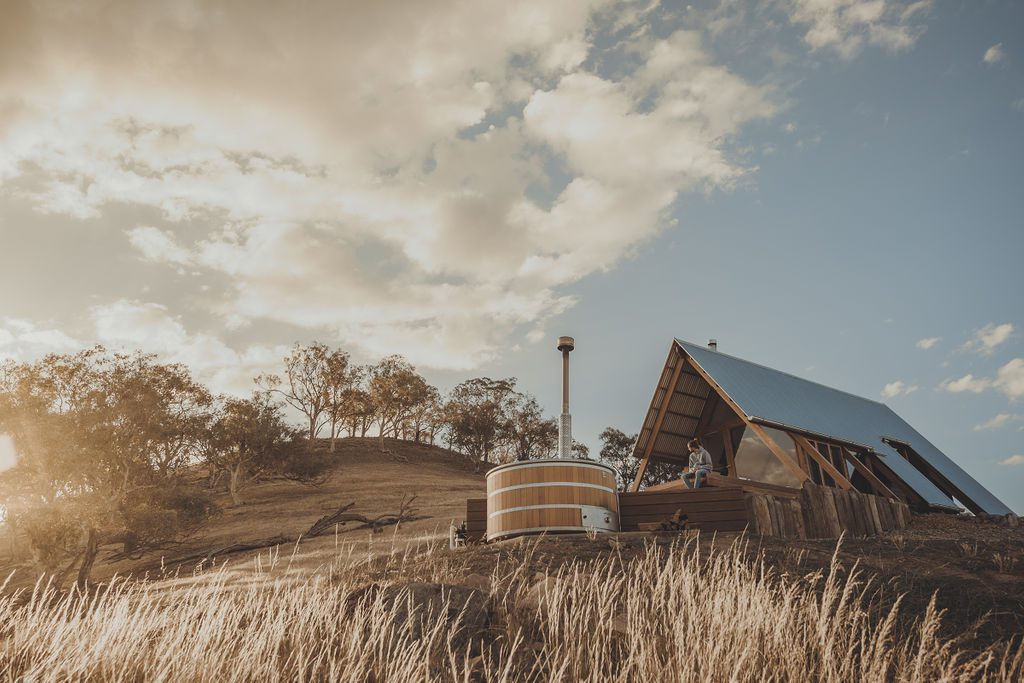
The movement toward self-reliance and sustainability reflects a change in societal values towards environmental consciousness and a more harmonious way of living. The uptake of off-grid living is also facilitated by the availability of models and technologies that simplify the lifestyle. From compost toilets to alternative dwellings, the market now offers a range of options that cater to this lifestyle, supported by communities and networks that share skills, information, and support
Kimo Estate’s Eco Huts: Pioneers in Off-Grid Experiences
Kimo Estate has been offering off grid Accommodation to the public since 2017 with the idea being formulated in the year beforehand. The original idea was for city folk to be reconnected with the rural landscape without the interference of all of the digital distractions that we all face on a daily basis. A pace where people could unplug from their busy lives and reconnect with each other in a serene setting, one that lends itself to quiet reflection and rejuvenation of the soul. As soon as we launched our first, JR’s Hut, we were inundated with enquiry for guests and we also seemed to strike a chord with all sorts of publications appearing in Elle Magazine (Italy and UK), Inflight Magazines (Singapore Airlines (cover story), Qantas and Virgin), Tattler (UK), Vogue (UK), American Newspapers and travel blogs (like CNN) and countless other blogs and magazines worldwide ranging from fashion to architecture. So popular that you could not book a night in 12 months for 3-4 years outside of a cancellation.
David Ferguson has helped many Tiny Home wannabes become fully fledged owners and proprietors over the last ten years. Mentoring dozens of people that have contacted Kimo Estate to ask advice or get assistance. “I like to help people get started, theres no reason not to in my opinion. Sure we’ve been screwed over by a couple of people in Ireland and the States that we helped and they just stole our design after being warned against it. For the most part it’s been really rewarding helping people, discussing our theories on marketing and business and seeing them build unique and amazing tiny homes that other people can enjoy. Rural Australia needs new ways to attract city folk to the country for economic growth, I’m all for that”
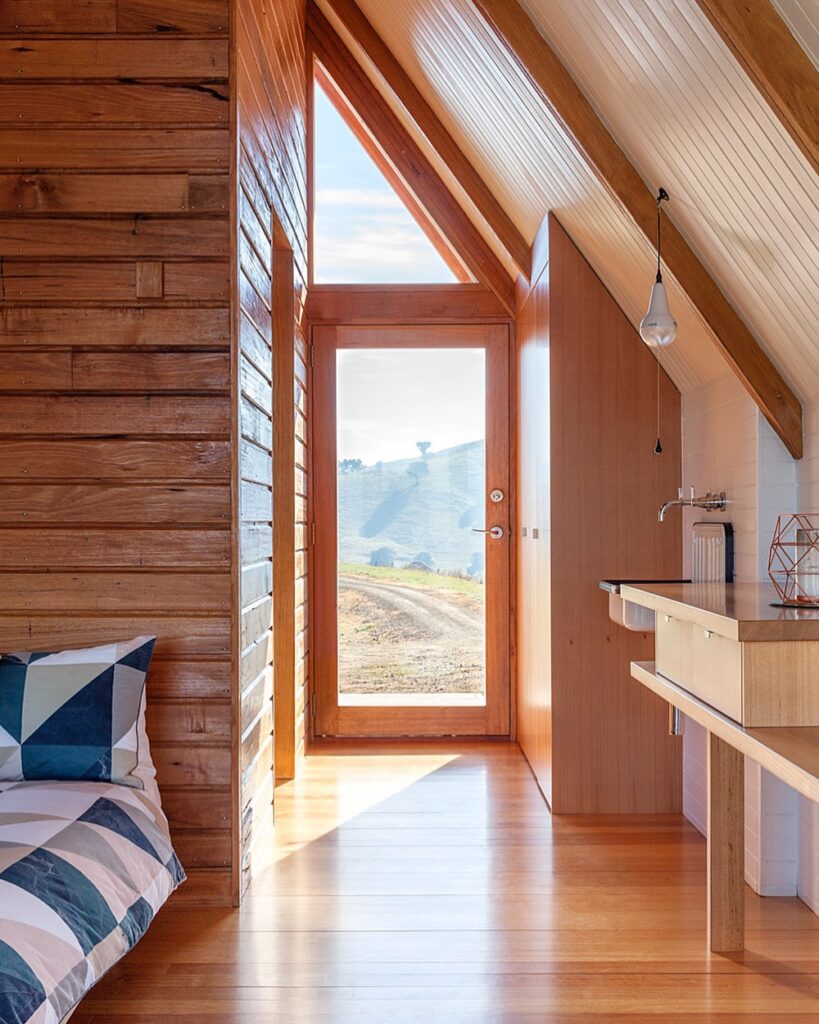
Why Travellers Choose Off-Grid
Travellers are increasingly choosing off-grid accommodations for a variety of reasons. A significant factor is the desire to engage with the environment in a more sustainable and authentic way. Off-grid stays, which range from cozy yurts in remote locations to eco-pods in the Australian outback, offer a chance to disconnect from the digital world and engage more deeply with the natural surroundings. This trend towards simpler stays echoes the tiny house movement, responding to rising energy costs, housing affordability, and environmental concerns. Off-grid accommodations offer the allure of traveling lightly, with less space and impact, and often include sustainable energy solutions like solar power and onsite water harvesting
Off-grid living has also. been shown to provide a unique combination of self-reliance, connection to nature, and a simpler way of life, all of which contribute positively to mental health and wellbeing..
The Off-Grid Experience: Guest Testimonials and Stories
“Absolute peace and serenity. A much needed escape from our busy lives, we slowed down and disconnected. Simple cabin, everything you need to just take in nature around you. It was heaven.” Tanya
“Cockatoos take up residence in a nearby tree and the muffled bleats of sheep grazing below, which appear as fluffy dots from this distance, are carried on the wind. The 360-degree views are one of the eco hut’s best features, only rivalled by the simple, yet elegant interior offering.” Katie Carlin, Australian Traveler Magazine
Design and Architecture: Blending Aesthetics with Environment
“As impressive as the project’s design, is its construction. The structure at kimo estate was built by a two person owner-builder team, who used ‘sustainable Australian hardwoods’. therefore the materials needed to be easily sourced and handled on site. According to the designers, ‘the hut’s form was inspired by a classic ‘A’ frame tent, which simultaneously provides both refuge from, and connection with, the natural environment.’ it only measures 28 square meters, but its small size contributes to the comfort and minimalism inside.” In realising this hilltop abode, anthony hunt and luke stanley have also referenced the a traditional materials and angles contained in the farm buildings. The wrap around windows provides unparalleled views. Nature is all around you, you have no option but to take it all in.
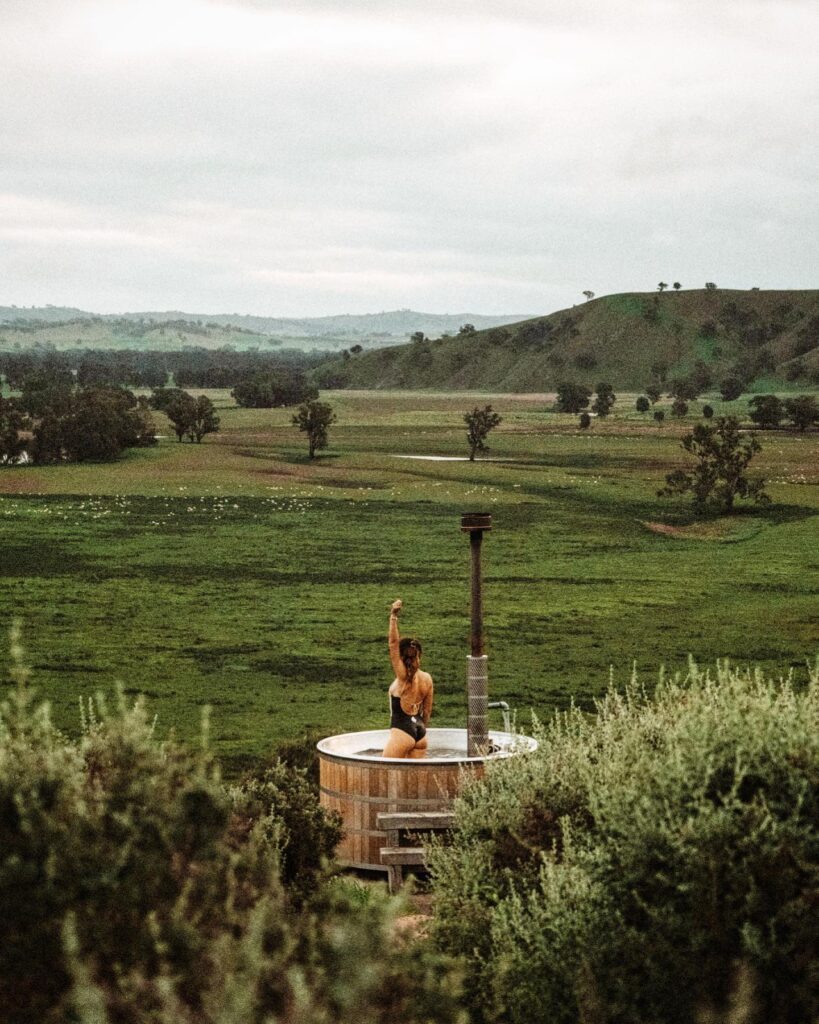
The Future of Off-Grid Accommodation
The future of off-grid building, particularly in relation to travel and the eco-travel market, is experiencing significant growth and transformation. The increasing popularity of adventure travel, which often includes off-grid experiences, reflects a shift in tourist preferences towards more immersive, nature-connected, and sustainable travel options.
Adventure travel is becoming increasingly mainstream, appealing to a broad range of travelers seeking experiences out of their comfort zone. This trend includes both ‘soft’ and ‘hard’ adventure trips, encompassing activities like nature tours, hiking, rock climbing, and mountaineering. The essence of these adventures lies in stepping into the unknown, pushing personal boundaries, and embracing the simplicity and raw beauty of natural environments. This shift is not only about the physical activity but also about the mental benefits and the connection with nature that these experiences provide.
The demand for off-grid eco cabins is also on the rise, with large companies breaking into the market in Australia. Its still be be seen if these large corporates can prove the level of personality that their one off and small scale operators like Kimo Estate offer, I personally have my doubts that the love for the concept and the attention private operators can offer will ever be equalled. This trend however, aligns with the increasing desire among travellers to make sustainable and responsible travel choices, seeking accommodations that align with their values of minimal environmental impact and authentic experiences.
The future of off-grid building in travel is leaning towards more sustainable, nature-connected experiences. This trend is driven by a growing awareness of environmental issues and a desire among travelers to reconnect with nature and escape the fast-paced modern lifestyle and is here to stay.
The Lasting Impact of Off-Grid Stays
the evolution of off-grid living and eco-travel is a clear signal that people are actively seeking ways to live more harmoniously with our planet while nurturing their mental and spiritual health. As we navigate the challenges of the 21st century, embracing off-grid living and eco-travel is not just a choice, but a necessity for a sustainable future. Kimo Estate’s journey in this realm is not just a success story; it’s an inspiration and a beacon for what the future of travel and living can aspire to be.
